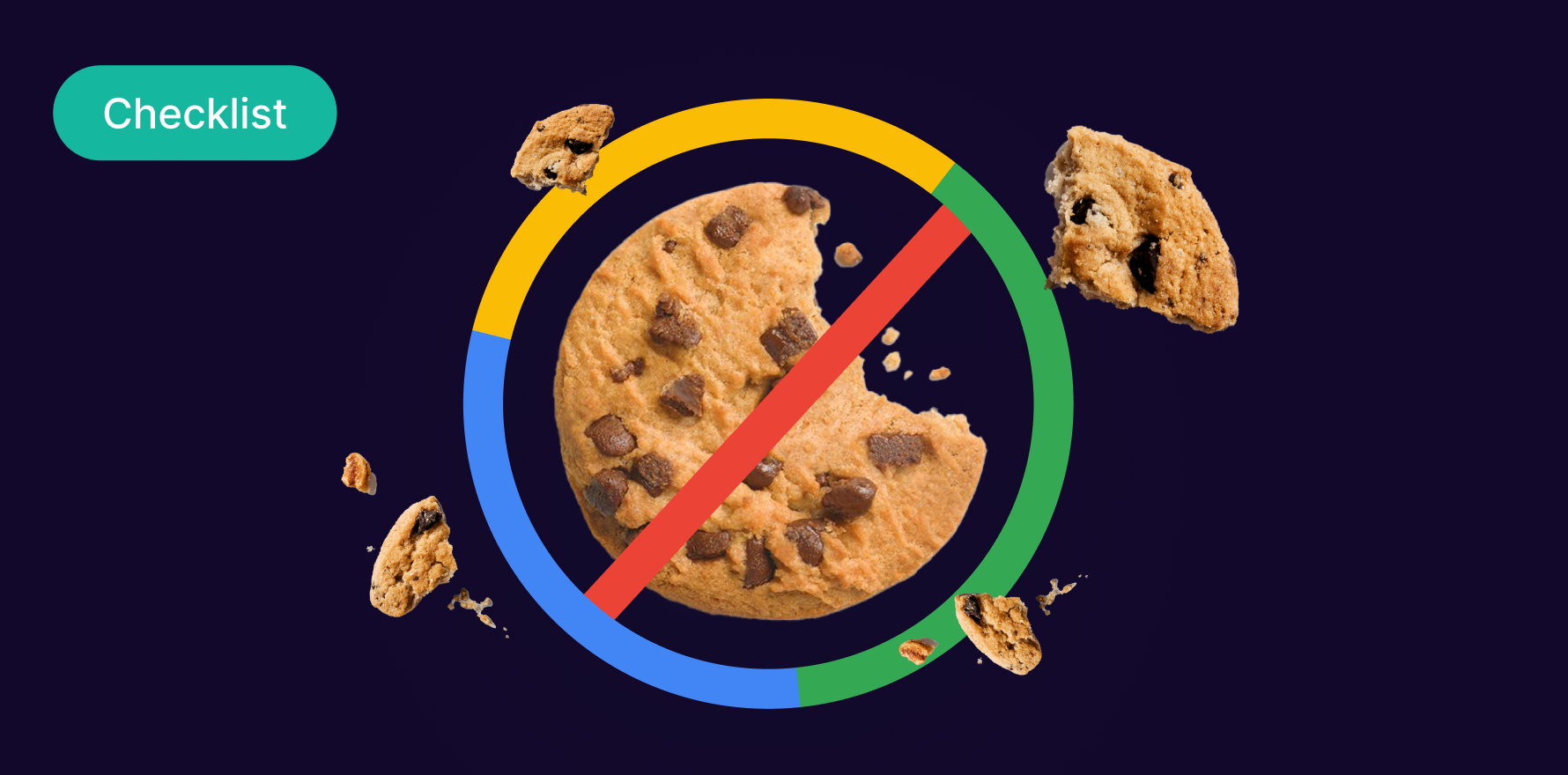What is Ad stacking?
Ad stacking is an illicit practice used by some digital advertisers to place numerous ads on top of each other within a single ad placement. This means a user viewing a webpage would only see the top ad, oblivious to the stack of ads underneath. Each time the page is loaded or refreshed, the top ad changes, offering a view count to each stacked ad. The increased impressions potentially leaning towards fraudulent activities can significantly skew key metrics such as click-through rates (CTRs) and impression counts.
Formula
Since ad stacking isn’t a legitimate practice, there’s no formal formula for calculating the degree to which it is prohibited. However, detection methodologies generally focus on rapid monitoring of ad load sequences and assessing the ‘visibility’ of each ad for users.
Example
Suppose a publisher stacks five adverts in a webpage’s ad unit. When a visitor loads the page, each of these five ads registers as viewed, even if the visitor only sees the top one. This means the Advertisers are charged for all these views, despite only one ad actually being visible.
Why is Ad stacking important?
Understanding ad stacking is vital primarily to combat fraudulent advertising practices. Awareness of this tactic can help advertisers interpret their ad performance metrics accurately, especially when numbers seem unusually high. They can prevent over-payment for ad impressions that did not actually reach a human audience.
Which factors impact Ad stacking?
Improving ad stacking means mitigating its negative impact. Advertisers can do this by using reliable ad-tracking software to identify and eliminate ad stacking, incorporate contractual language prohibiting ad stacking, and working strictly with reputable ad partners.
How can Ad stacking be improved?
The likelihood of ad stacking can increase with:
- Publishers who look for unethical ways to monetize their content.
- Partnering with unverified or unreputable ad networks.
- Publishers with low-quality ad space where multiple ads are seen as a way of increasing value.
What is Ad stacking’s relationship with other metrics?
Ad stacking can severely misrepresent critical ecommerce metrics. It artificially inflates impression counts, leading to reduced cost-per-impression (CPI) and skewed CTRs. Ad stacking can also have a detrimental effect on your conversion rates and ROI, as the inflated impressions do not equate to genuine user engagement.
Free essential resources for success
Discover more from Lifesight






















































